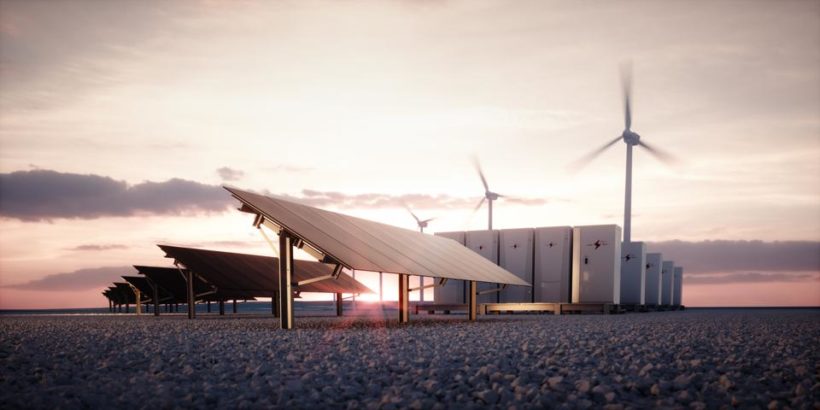Introduction: A Silver Lining
While the world grapples with the outbreak of the coronavirus, renewable energy has been setting records in power generation, market share, and reliability. Travel restrictions call for self-isolation, and a shift towards working from home has led to a drop in electricity demand. This has caused expensive fossil fuel power plants to be shut down in favor of renewable energy, which was more than up to the task. “It’s been a real test of how resilient the grids are, and we know they coped because the lights stayed on,” explains Rory McCarthy, an energy storage senior analyst at Wood Mackenzie, “Maybe this will give confidence to governments and policymakers who were apprehensive, that they can be more ambitious about the number of renewables on the grid.”
Continued Improvement
Coming off the heels of a strong 2019, which saw utility providers increase their shares of renewable power, and the record-breaking numbers being set through the first half of 2020, clean energy is proving that it can be a reliable power source. The intermittency of renewables, which has often been raised as an issue by clean energy skeptics, wasn’t as much of an issue as previously expected – with large scale batteries part of the reason why. On top of this, the cheap nature of renewable energy made them a go-to source for utility companies who opted to shut down more expensive natural gas and coal-fired power plants.
The potential of renewable energy has been on display for the past several months, and the positive results could lead to an accelerated transition away from fossil fuel power generation. However, while the pandemic has highlighted how useful renewable energy can be, the same economic impact that has led to a shift in power demand has also reduced investments and delayed several projects integral to a clean energy transition. As several experts have pointed out, government support will be key to counter this, and policymakers have not been blind to the successes of renewable energy.
Future of Energy
“It’s encouraging that the penetration of renewables has increased,” said EU Energy Commissioner Kadri Simson, “We are currently assessing the impact of the more ambitious 2030 climate objectives and different scenarios of getting there, including the role of renewables.” Many governments are seeking to integrate greater renewable energy investments into their COVID-19 economic recovery plans. The effects of the pandemic on the economy and the energy sector as a whole remain to be seen, but there are certainly opportunities for renewable energy to capitalize on changing socio-economic demands.
In spite of the uncertainty that has been defining global interactions, the pandemic has answered several long-standing questions on how effective renewable energy could be and the best ways to utilize it. Large scale battery storage will continue to have a major role in supporting the spread of clean energy. Having multiple sources of renewable power will ensure continued reliability.
Conclusion: Renewable Energy Progressing Despite Pandemic
There are some barriers in the way of the continued progress of renewable power, but when solutions are needed most, innovation will provide the answers. New technologies have helped transform and refine the infrastructure surrounding clean energy and will continue to do so. The global pandemic will leave a lasting mark in our shared history, but periods such as this have often been catalysts for change. Renewables have exceeded expectations in many occasions over the course of 2020, breaking records across the world while helping accommodate changes that have profoundly affected how our society operates. Renewable energy has, and will continue to be, an integral part of our future. The future is now.

